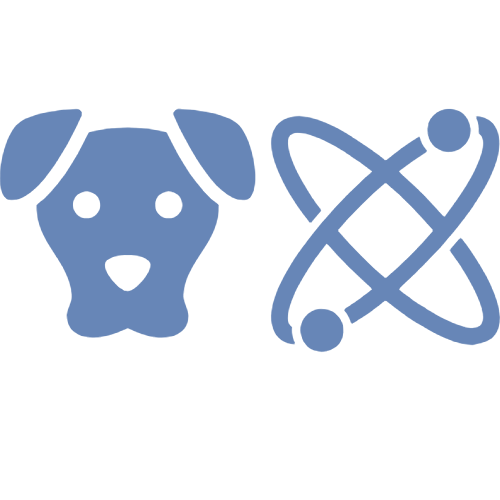
Building Trust That Lasts
The Handler’s Journal
Edition 03 – June 26, 2025
Title: The Smallest Moments: Building Trust That Lasts
“Trust is earned in the smallest moments.” — Brené Brown
The Smallest Moments: Building Trust That Lasts
Trust doesn’t begin in big moments—it begins in the breath before a re-cue.
1. The Concept
When we think about trust, we tend to imagine big moments. Loyalty. Crisis response. Promises made and kept. But in the daily life of a Handler, trust shows up differently. It builds slowly, steadily—in the quiet space between cues, in how we recover from frustration, in the stories we tell ourselves about failure.
Trust lives in the micro-moments.
It’s there when we wait instead of push. When we breathe instead of blame. When we say, “Let’s try again,” instead of “You should’ve known that.”
It’s foundational—without it, even the best training plan can’t take root. But with it? We get clarity. Growth. Flow.
2. The Layers of Trust
Internal Trust (Handler to Self)
Our dogs can only trust us as much as we trust ourselves. If we second-guess every cue, or chase perfection over progress, we break that internal compass. Building self-trust means learning to own the moment, even when it’s messy.
Moment-by-Moment Trust (Dog to Handler)
Dogs don’t think in mission statements. They think in repetitions. If we rush them through a blank, overcue, or mark too early—they log that. And they remember. Trust is built in the timing of our choices.
The BRAVING Framework, Reframed for Handlers
This summer, we’re looking at trust through the lens of BRAVING—an acronym that helps break trust down into practices, not just ideals. For us, that means:
Boundaries – Are we clear in what we ask?
Reliability – Do we train with consistency?
Accountability – Can we say, “That was on me”?
Vault – Do we protect trust in the dog, in ourselves, in our Community?
Integrity – Do we choose courage over comfort?
Nonjudgment – Can we allow for struggle?
Generosity – Do we assume the best in each other, especially in the hard moments?
These aren't just human-to-human values. They're dog-to-handler principles, too.
Training as a Trust Exchange
Training is vulnerable—for both of us. We ask our dogs to try, to stretch, to sometimes fail. And in return, they need to believe we won’t punish the try. Trust is the contract between effort and belief.
3. So What Does This Mean to Me?
Here are four ways to put trust into practice this week—one micro-moment at a time:
1. Wait longer in a blank.
Give your dog time to problem-solve before you intervene. Trust shows up in the space we leave open.
2. Re-cue with a breath.
Before you repeat a cue, pause. Get neutral. Give the dog a clean slate. That breath is where trust can return.
3. Practice a “do-over” cue.
Instead of marking a mistake, try using a neutral restart phrase. Show the dog you’re in it with them, not judging from above.
4. Check your tone.
If frustration leaks into your voice, name it, reset, and try again. Our tone is one of the clearest carriers of emotional context.
4. Closer
We don’t build trust in grand gestures.
We build it in how we wait.
In how we breathe.
In how we recover.
Trust is a skill. Let’s practice it—on purpose.
###
Luv ya!

